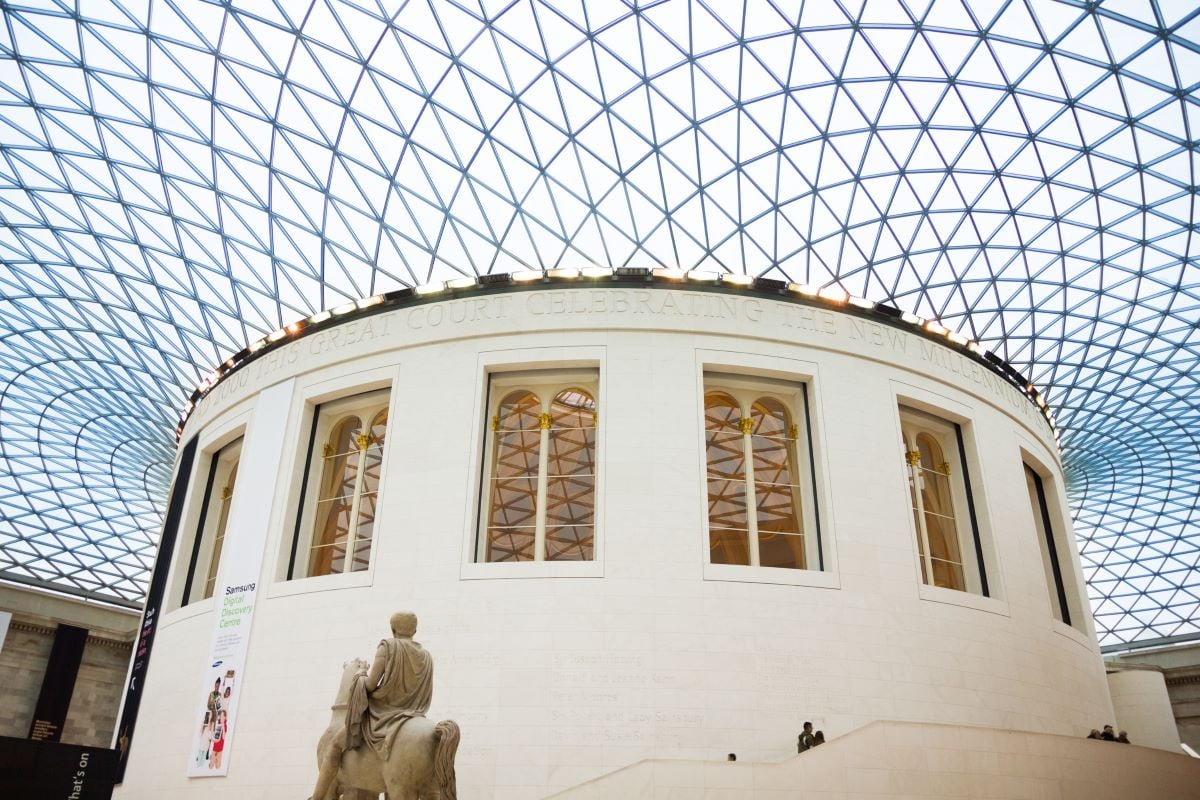
The British Museum is unable to confirm the number of stolen artefacts
Photo: gianliguori via iStock
Unravelling the legalities of the stolen British Museum artefacts
The scandal of the British Museum thefts has sparked an immense, international public reaction but, as litigation expert Rosie Adcock explains, determining rightful ownership of stolen relics is complex.
The museum is facing renewed, increased pressure for the repatriation of items, high profile resignations and an intensive investigation into exactly what went wrong, and how.
While the British Museum is unable to confirm exactly how many uncatalogued items have been stolen, estimates are in the region of 1,500 to 2,000, collectively worth tens of millions of pounds.
There have been reports of items turning up on eBay. Some of the artefacts are thought to date back 3,500 years and one ancient object, valued at up to £50,000 has been said to have sold on for £40. Such sales raise important legal questions for those who end up involved, unwittingly or not.
For centuries, ancient artefacts and relics have been a topic of ownership, provenance and morality debate that resonates far beyond the museum's walls. But what is the position today for those who have inadvertently purchased the stolen artefacts? And where does an original owner stand if their stolen items are sold on?
Who is the rightful owner?
Once a thief sells on a stolen artefact, there is a general rule that the purchaser will not – no matter the purchase price or the terms of the sale – acquire legal ownership (good ‘title’) to that item.
This is because the thief never had ‘title’ themselves – and you can't sell something you don't have. The original owner can take steps to require the purchaser to return the artefact (or pay damages to the value of that artefact).
However, there are exceptions to this rule. The most common relates to the Limitation Act 1980, which means that over time certain purchasers of stolen goods can be recognised legally as the owner.
Broadly speaking, this is engaged when either there is a purchase 'unconnected to the theft' (ie somebody purchases in good faith, without knowledge of the theft) or when more than six years has passed since the purchase.
The position for the purchaser
Purchasers of any artefacts which transpire to be one of those stolen from the British Museum will not, generally speaking, be regarded as the legal owner. They should take steps to return them. Otherwise, they may face allegations of handling stolen goods, and/or a legal claim against them for recovery of the item, or damages to value of it.
It will not always be clear where the artefact has come from, particularly when sites such as eBay offer little to no accompanying paperwork. During the British Museum's recovery efforts, purchasers who inadvertently hold artefacts legally owned by the museum will be in the unenviable position of having paid for an item they will neither be able to able to keep or sell. Their recourse will be to pursue reimbursement from the seller.
And that seller may not be the original wrongdoer. The item may have passed through a number of good faith 'hands' before reaching the current purchaser. The purchaser will only have a contractual relationship with – and be able to pursue – the person who directly sold them the item.
The terms of any sale contract, or terms and conditions, should be checked. Legislation such as the Sale of Goods Act 1979 and Consumer Rights Act 2015, which imply conditions into a sale that the seller has the right to sell the item may also assist.
The seller – if not the original wrongdoer who stole the item – will then need to pursue reimbursement from the person who sold them the item, and so on. Difficulties arise when a seller refuses to voluntarily reimburse a purchaser who finds themselves out of pocket. Depending on the circumstances and the sums of money at stake, the purchaser will need to consider pursuing legal channels to recover their funds.
The position for the original owner
Subject to who holds title to the goods, there are two scenarios the original owner will be faced with:
1. When the original owner retains the title (ie there has not yet been a purchase 'unconnected to the theft' and a six-year period following the 'unconnected purchase' has not yet expired). In these circumstances the original owner can seek to assert their title and recover the artefact from whoever now holds it. This is done though a claim for 'conversion'. This should be done as quickly as possible.
The original owner will also have a claim against the thief for damages to the value of the artefact. It is usually preferable to pursue the current holder for the return of the item, rather than pursue the thief for money. You are unlikely know the thief’s identity and/or whether they would comply with any court order.
2. When the original owner does not retain the title (ie there has been a purchase 'unconnected to the theft' and the six-year period following the 'unconnected purchase' has expired). The original owner will no longer be able to pursue the current owner of the item. However, they will still be able to bring a claim against the thief for damages equal to the value of the artefact.
Buyers should do due diligence before acquiring any ancient artefacts, artworks or relics. The higher their value, the more rigorous a purchaser should be. A strong provenance is critical and buyers should not accept vague explanations or undocumented accounts. A lack of paperwork, particularly for high value items, should ring alarm bells.
Rosie Adcock is Litigation Associate at Boodle Hatfield.
![]() www.boodlehatfield.com/
www.boodlehatfield.com/
![]() @BoodleHatfield
@BoodleHatfield

Join the Discussion
You must be logged in to post a comment.